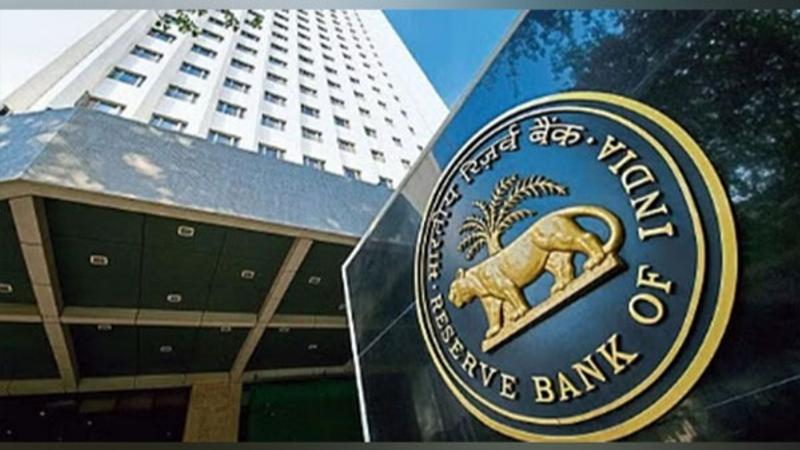Published 13:37 IST, January 19th 2025
Budget 2025: Prioritize Capex and Infrastructure Spending: RBI MPC Member Nagesh Kumar
Kumar pointed out the slight economic slowdown observed in India’s second-quarter GDP growth, which fell to 5.4 per cent

Nagesh Kumar, a member of the Reserve Bank of India (RBI) Monetary Policy Committee, has emphasised the need for Finance Minister Nirmala Sitharaman to prioritize capital expenditure (capex) and infrastructure spending in the Union Budget for the financial year 2025-26. Kumar believes these investments are crucial to sustaining India's economic growth and ensuring it remains robust and sustainable.
Continuing the Momentum of Infrastructure Development
In an interview with PTI Videos, Kumar highlighted that infrastructure spending is key in setting India on a stronger economic growth trajectory. He noted that while the country witnessed a recovery post-COVID, the pent-up demand that fueled recent growth is beginning to taper off, necessitating further public spending.
"For a more robust, sustainable economic growth, the Finance Minister would do well to continue the emphasis on capex and infrastructure spending, as initiated in previous budgets," Kumar said, urging that this focus should be ramped up in the upcoming budget.
Economic Slowdown and the Need for a Growth Boost
Kumar pointed out the slight economic slowdown observed in India’s second-quarter GDP growth, which fell to 5.4 per cent—a seven-quarter low. With domestic growth moderating and global economic uncertainties continuing, he believes the country needs a boost to maintain growth momentum and counter the effects of the pandemic’s aftermath.
Government's Capex Commitment and Viability Gap Funding
In last year's budget, Sitharaman allocated Rs 11.11 lakh crore for capital expenditure in 2024-25 and introduced viability gap funding to stimulate private investment in infrastructure. Kumar suggested that continuing with such measures will help support long-term growth and infrastructure development across the country.
Rupee Depreciation and Dollar Strengthening
When asked about the rupee's recent weakening, Kumar explained that the decline was largely due to the strengthening of the US dollar. The economist noted that many global currencies were depreciating about the dollar, driven by the strong performance of the American economy. The rupee, which recently hovered around 86.60 against the dollar, was also impacted by foreign institutional investor outflows.
Kumar further suggested that the rupee might still be slightly overvalued in real terms, and managing it at a more competitive exchange rate would benefit India's export sector and manufacturing industry.
Concerns Over Freebies and Long-term Development
Kumar also voiced concerns about the growing trend of "freebies" in Indian politics. He argued that resources allocated for giveaways could be better utilized for long-term development and infrastructure projects, particularly in lagging regions. According to him, these handouts may offer short-term political gains but ultimately undermine long-term development.
He stressed the importance of educating voters on the consequences of these promises, stating that the cost of freebies would eventually be felt in terms of underfunded infrastructure and development projects. "Do you want long-term development or a short-term gain in the form of a freebie?" he questioned.
Updated 13:37 IST, January 19th 2025